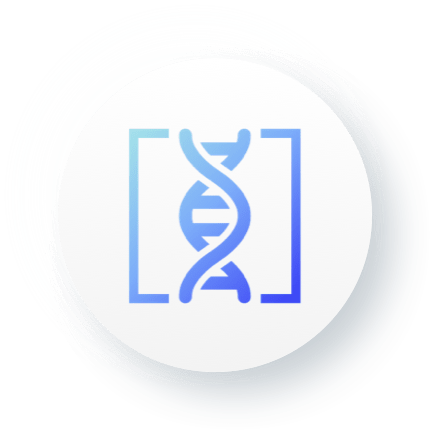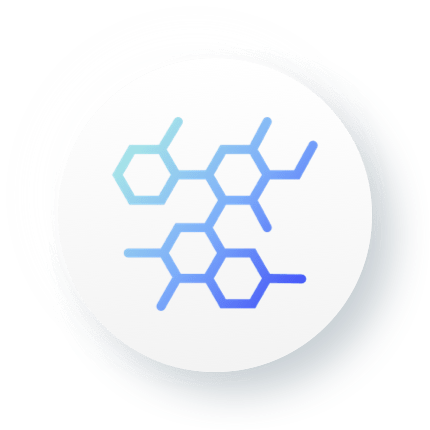The Klarity™ Platform
Our goal is to leverage the insights from our Klarity platform to discover and develop highly differentiated, novel, oral therapeutics to transform human health in areas with high unmet medical need, including obesity and diabetes, neurological disorders, and gastrointestinal disease.
Our platform’s strength is its novel combination of multiple discovery and translation-enabling technologies and our unique expertise in applying them. The result is an integrated end-to-end process for powerful and repeatable innovation that speeds exploration and is designed to increase the overall probability of success in generating a pipeline of product candidates.







